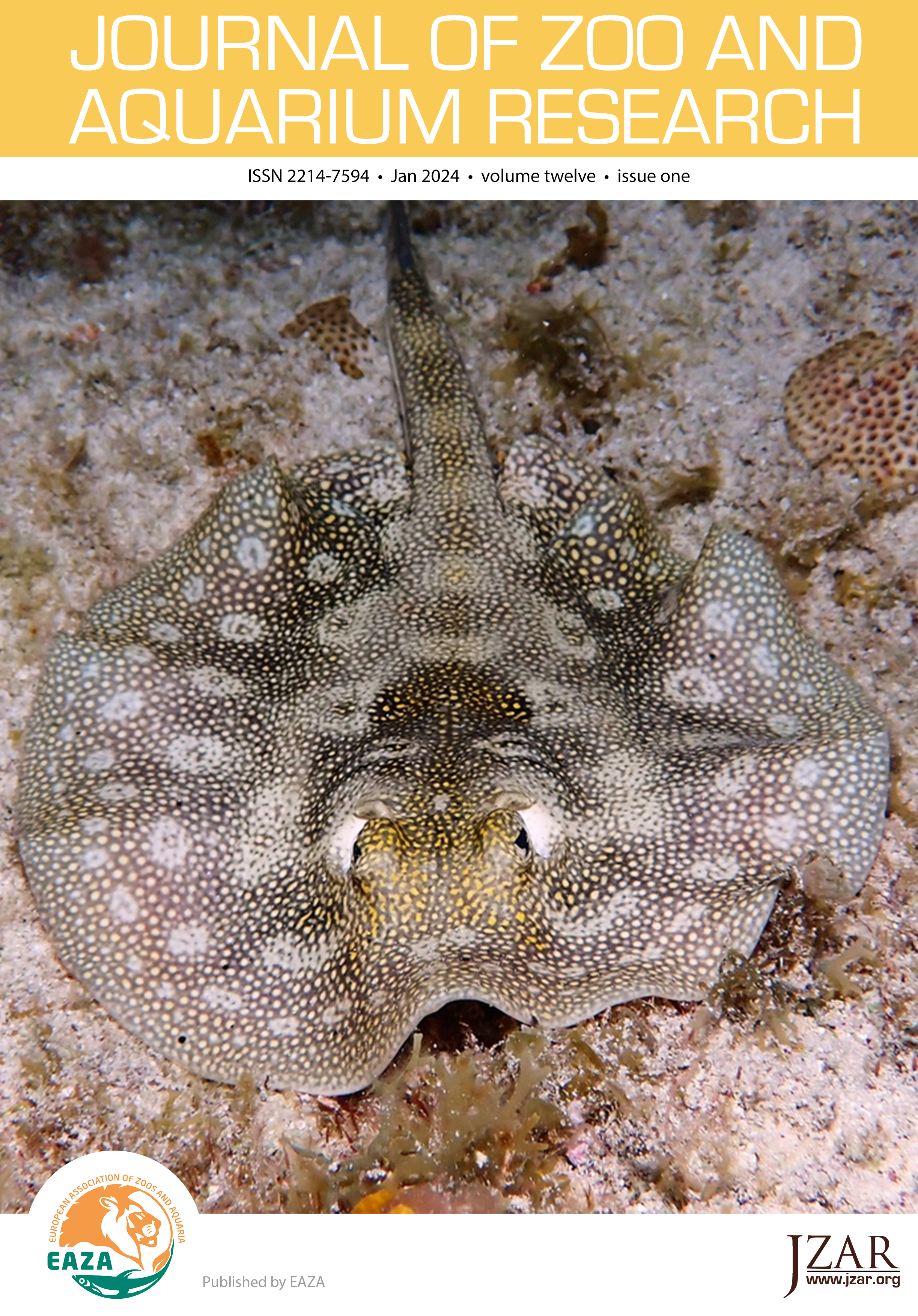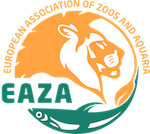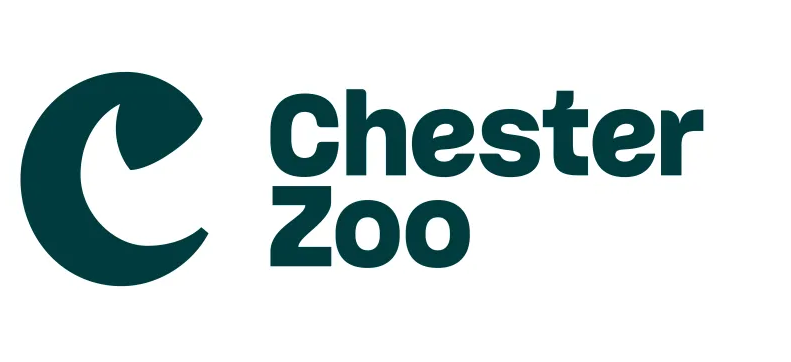Impact of diet and environmental enrichment management in stereotyped behaviours: a case study in tayra Eira barbara
DOI:
https://doi.org/10.19227/jzar.v12i1.784Keywords:
animal welfare, five domains, mustelids, nutrition, stereotypiesAbstract
Holistic approaches have been implemented to minimise stress expressed as stereotypies associated with low welfare conditions, which can arise from a range of factors such as frustration, adaptation attempts and neurological problems. Such behaviour was identified in a tayra housed in the facilities of the Santacruz Zoo (San Antonio de Tequendama, Colombia), for which a five domains model of animal welfare evaluation was carried out. This allowed the creation of a corrective plan that included the provision of a hiding place, nutritional management and environmental enrichment. Prior to the corrective plan, the tayra displayed the following behaviours within a 12-hour period: 28.8% stereotypies, 28.8% inactivity, 25.3% aggressive behaviours, 8.2% feeding-related behaviours and 7.7% locomotion activities. After implementing the corrective measures, the behaviours shifted to 16.2% stereotypies, 15.2% inactivity, 28.0% feeding-related behaviours and 8.0% locomotion activities. In conclusion, evaluating and managing the five domains is an essential practice for zoos and can lead to significant improvement in an animal’s welfare status.
Downloads
Published
How to Cite
Issue
Section
License
JZAR fulfils the DOAJ definition of open access and provides free and open access to the full text of all content without delay under a Creative Commons licence. The copyright holder of JZAR publications grants usage rights to third parties, allowing for immediate free access to the work and permitting any user to read, download, copy, distribute, print, search, or link to the full texts of articles.







